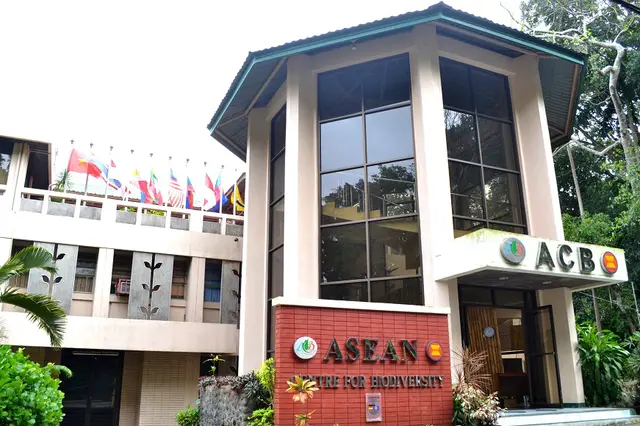**By APD writer Melo M. Acuña **
MANILA, Oct. 16 (APD) – The intergovernmental regional center for excellence, ASEAN Centre for Biodiversity (ACB) reiterated its call to mainstream biodiversity into the food production systems, highlighting the benefits of biodiversity-rich approaches to the food security agenda.
This was how ACB Executive Director Theresa Mundita Lim looks at the current situation as the international community marks World Food Day today to honor the founding of the Food and Agriculture Organization of the United Nations. Today’s the day dedicated to addressing global hunger.
“It’s high time to rethink and innovate the way we produce our food. Diverse food production systems can better nourish and improve the health of both rural and urban populations, not to mention biodiversity’s role in building resilience to climate change,” Dr. Lim said in a statement released from its headquarters in Los Baños, Laguna today.
She added this year’s theme “Our Actions are our Future” highlights the need to transform food systems by mainstreaming biodiversity conservation into agriculture and fisheries.
Food security remains a challenge across the world with over 820 million people or one in every nine people worldwide suffer from hunger according to the latest United Nations report.
A quarter of the children under five are stunted while 8.4 percent of them are wasting, or having low height and weight, according to a 2017 report of the World Health Organization, United Nations' Children's Fund, and the World Bank group.
“We are facing an ever-increasing demand for food, on one hand, and dwindling natural resources on the other. The challenges of food security are even compounded by biodiversity loss due to rapid urbanization and climate change,” Dr. Lim added.
Agrobiodiversity, a variety, and variability of animals, plants, and micro-organisms that are used directly or indirectly for food and agriculture, has been high on the global food security agenda with relentless efforts of countries and organizations to achieve a synergy between agriculture and biodiversity. Previous declarations under the Convention on Biological Diversity demonstrate the global commitment to undertake specific actions on the conservation and sustainable use of agrobiodiversity.
“Agriculture and biodiversity have always been inseparable. Through the biodiversity of plants, animals, and micro-organisms, and the services that ecosystems provide, humans’ daily sustenance becomes possible, “ Dr. Lim added.
According to the ACB chief, some effective agrobiodiversity practices are worth replication.
Citing a recent paper submitted by Dr. Percy Sajise and published by the ACB and the Southeast Asian Regional Center for Graduate Study and Research in Agriculture (SEARCA), intercropping and multi-species farming and aquaculture are among the most effective biodiversity-friendly approaches in agriculture. She added corn-peanut intercropping effectively reduces corn borer infestation, as the peanut is a good habitat for spiders, which are known predators of the corn borer.
Urban farms, according to Dr. Lim, are also becoming popular for their role in greening spaces and augmenting the cities’ and even national food supply, She cited the Urban Farm Urban Barn project in Bangkok which transformed a former textile factory and abandoned farmland into agricultural production and outlet.
(ASIA PACIFIC DAILY)
 简体中文
简体中文

